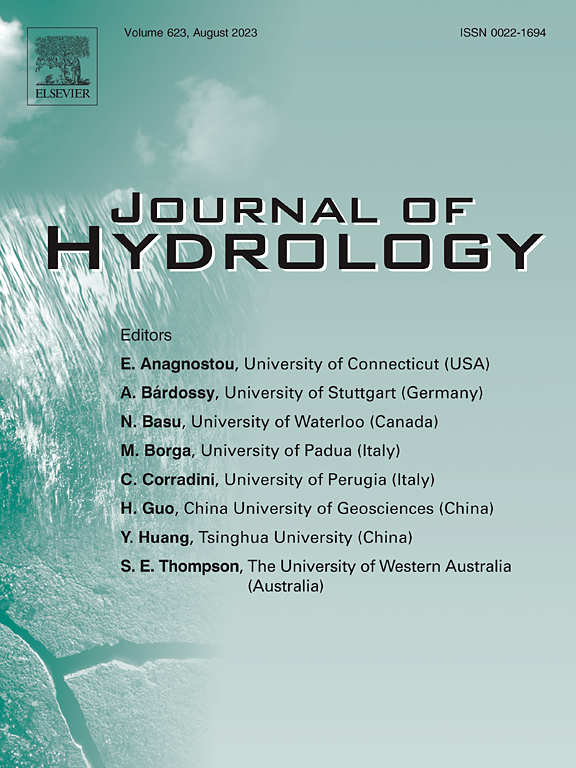Wellbore-reservoir and multiphysics coupling model for liquid CO2 cyclic injection in a CCUS-EGR framework
IF 5.9
1区 地球科学
Q1 ENGINEERING, CIVIL
引用次数: 0
Abstract
Natural gas is a vital underground clean energy resource and inject CO2 into gas reservoirs can enhance natural gas production while simultaneously reducing carbon emissions. In this study, we developed an extended wellbore-reservoir-thermo-hydro-mechanical-diffusion (WR-THMD) coupling model to establish a comprehensive closed-loop framework for carbon capture, utilization, and storage-enhanced gas recovery (CCUS-EGR). Utilizing this model, we investigated the operational conditions of the wellbore and reservoir, focusing on the effects of engineering parameters on system performance. The results indicate that to optimize system CO2 storage capacity, stabilize the pressure differential between the wells, and enhance storage efficiency, we recommend employing relatively low injection mass flow rates and injection temperatures. When designing wellbore parameters, it is crucial to account for significant temperature losses in the production well, as these losses substantially raise the flow obstruction of the produced gas and direct to potential thermal energy loss. Lower injection mass flow rates can effectively minimize thermal losses and delay CO2 breakthrough in the production well. This study provides a foundational framework for effectively managing CCUS-EGR systems, aiding in the advancement of underground clean energy production and CO2 storage.
求助全文
约1分钟内获得全文
求助全文
来源期刊

Journal of Hydrology
地学-地球科学综合
CiteScore
11.00
自引率
12.50%
发文量
1309
审稿时长
7.5 months
期刊介绍:
The Journal of Hydrology publishes original research papers and comprehensive reviews in all the subfields of the hydrological sciences including water based management and policy issues that impact on economics and society. These comprise, but are not limited to the physical, chemical, biogeochemical, stochastic and systems aspects of surface and groundwater hydrology, hydrometeorology and hydrogeology. Relevant topics incorporating the insights and methodologies of disciplines such as climatology, water resource systems, hydraulics, agrohydrology, geomorphology, soil science, instrumentation and remote sensing, civil and environmental engineering are included. Social science perspectives on hydrological problems such as resource and ecological economics, environmental sociology, psychology and behavioural science, management and policy analysis are also invited. Multi-and interdisciplinary analyses of hydrological problems are within scope. The science published in the Journal of Hydrology is relevant to catchment scales rather than exclusively to a local scale or site.
 求助内容:
求助内容: 应助结果提醒方式:
应助结果提醒方式:


